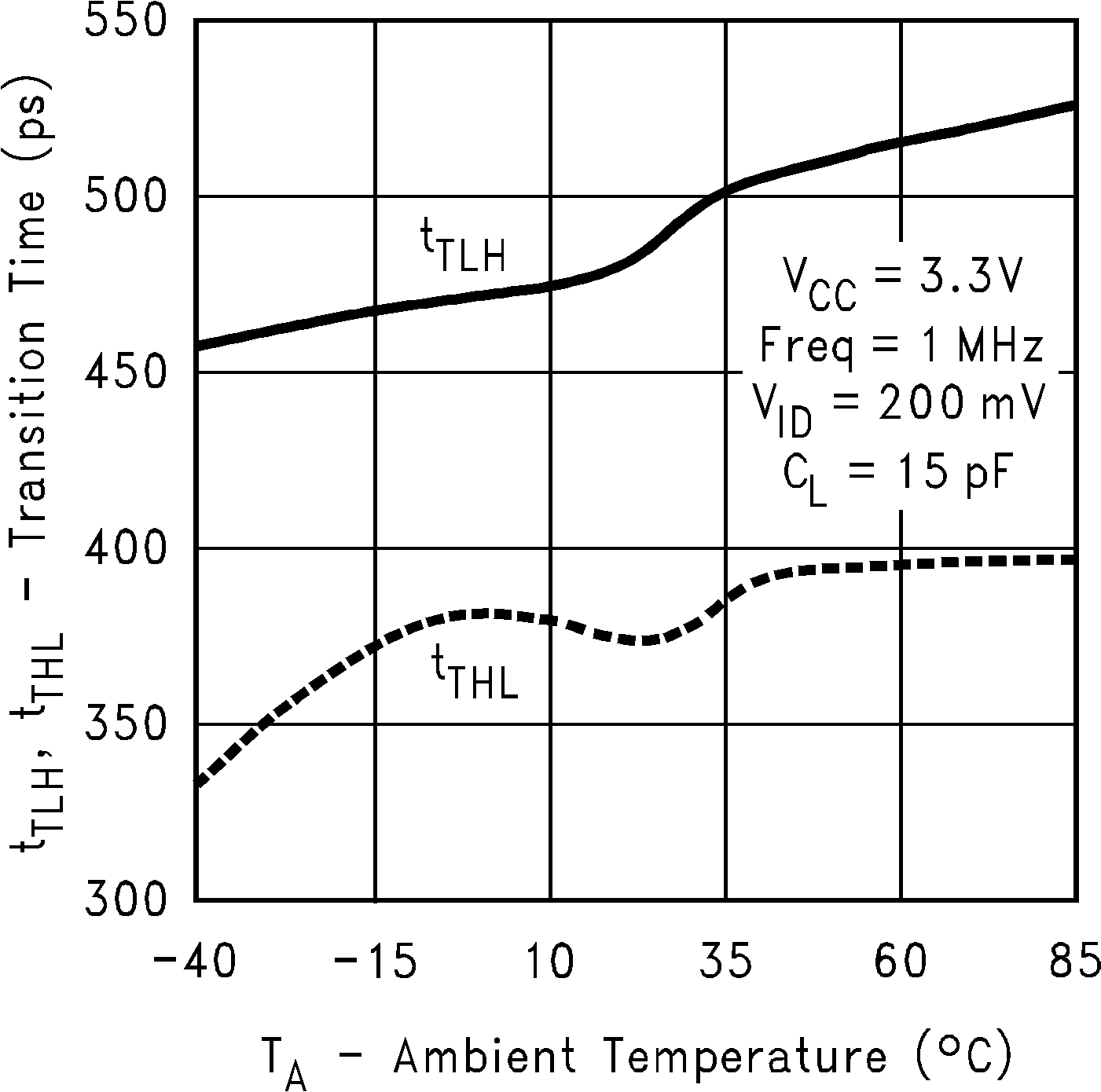SNLS624 September 2018 DSLVDS1048
PRODUCTION DATA.
- 1 Features
- 2 Applications
- 3 Description
- 4 Revision History
- 5 Pin Configuration and Functions
- 6 Specifications
- 7 Parameter Measurement Information
- 8 Detailed Description
- 9 Application and Implementation
- 10Power Supply Recommendations
- 11Layout
- 12Device and Documentation Support
- 13Mechanical, Packaging, and Orderable Information
Package Options
Mechanical Data (Package|Pins)
- PW|16
Thermal pad, mechanical data (Package|Pins)
Orderable Information
6.7 Typical Characteristics
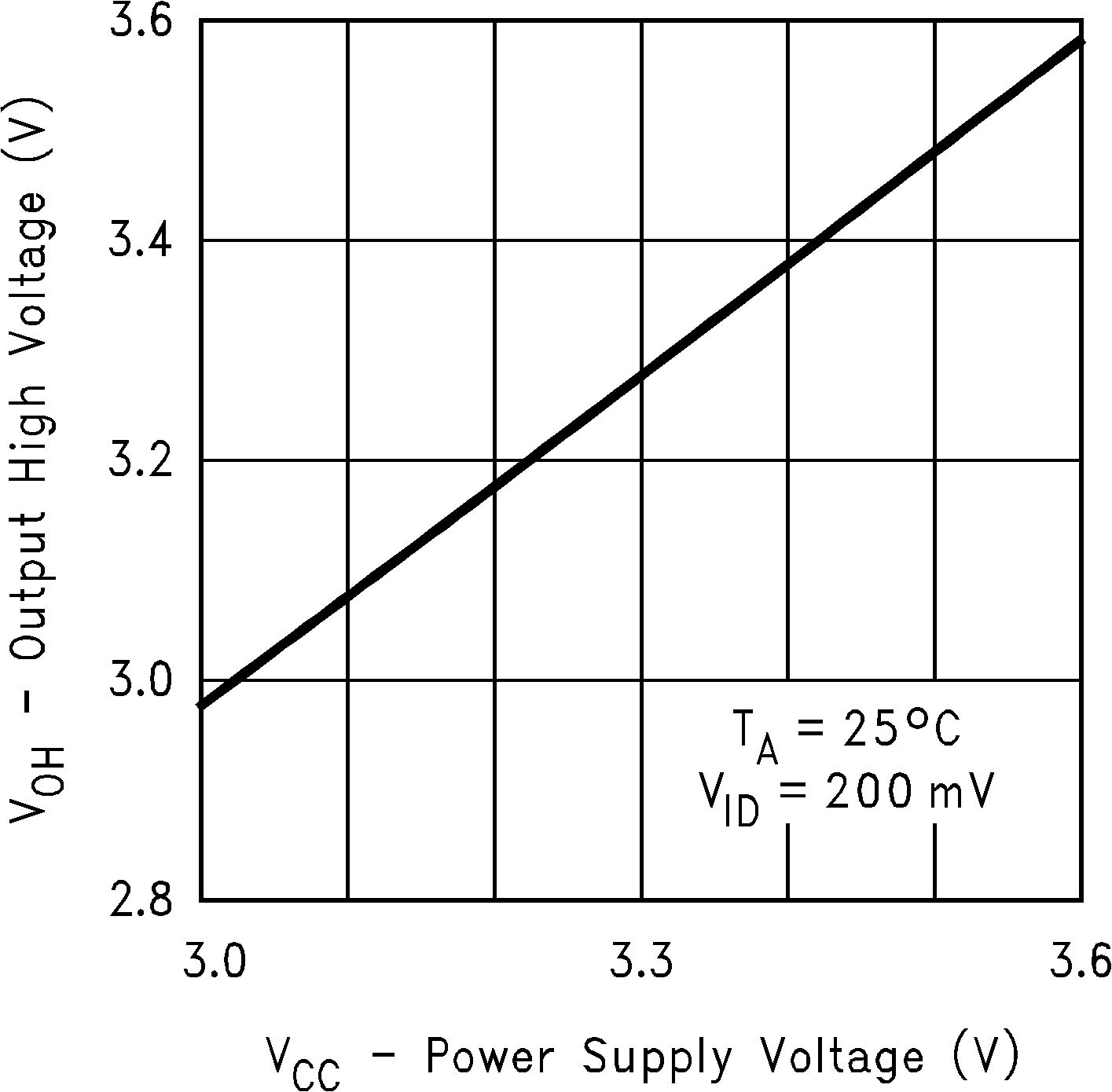 Figure 1. Output High Voltage vs Power Supply Voltage
Figure 1. Output High Voltage vs Power Supply Voltage 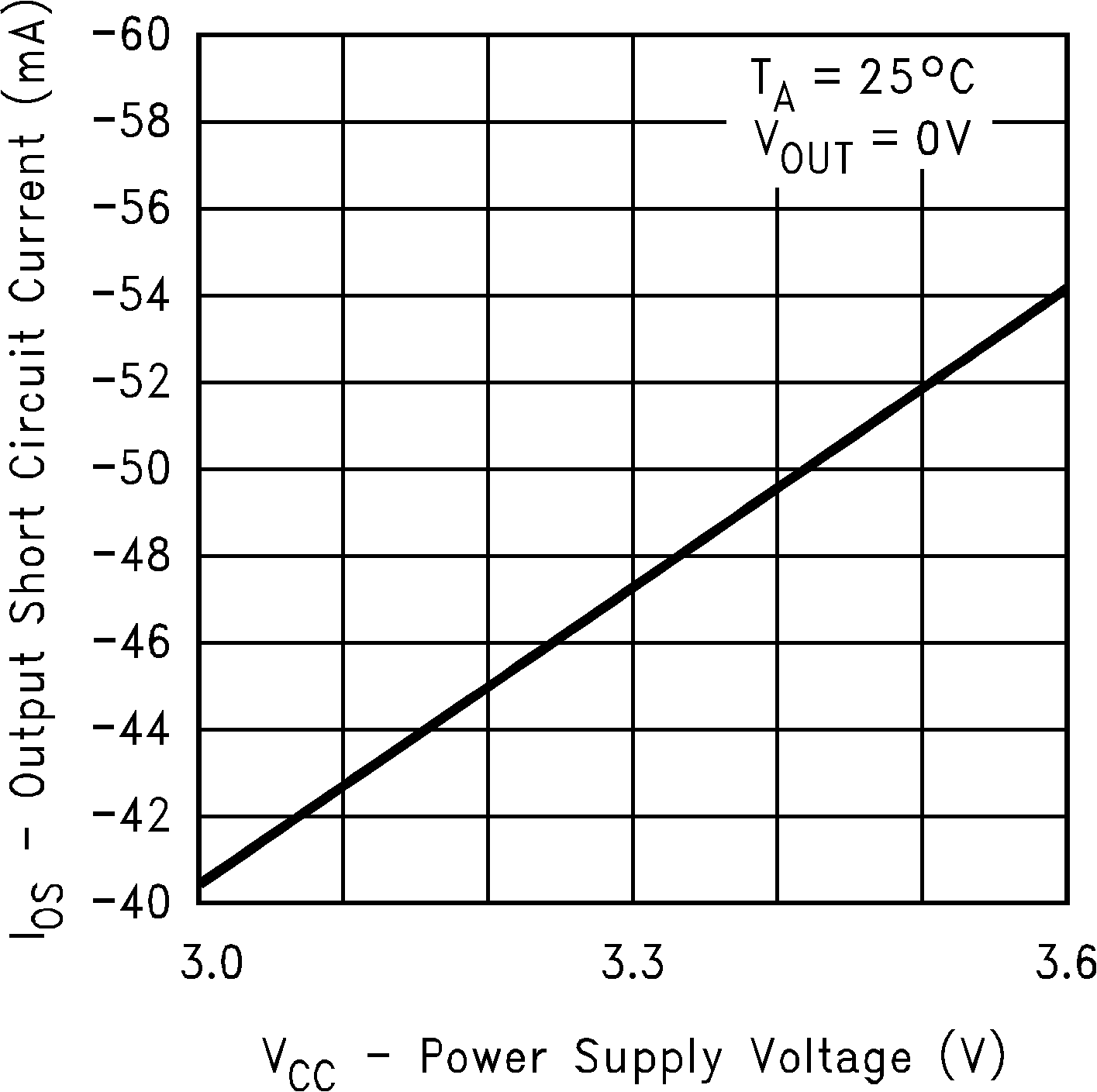 Figure 3. Output Short-Circuit Current vs Power Supply Voltage
Figure 3. Output Short-Circuit Current vs Power Supply Voltage 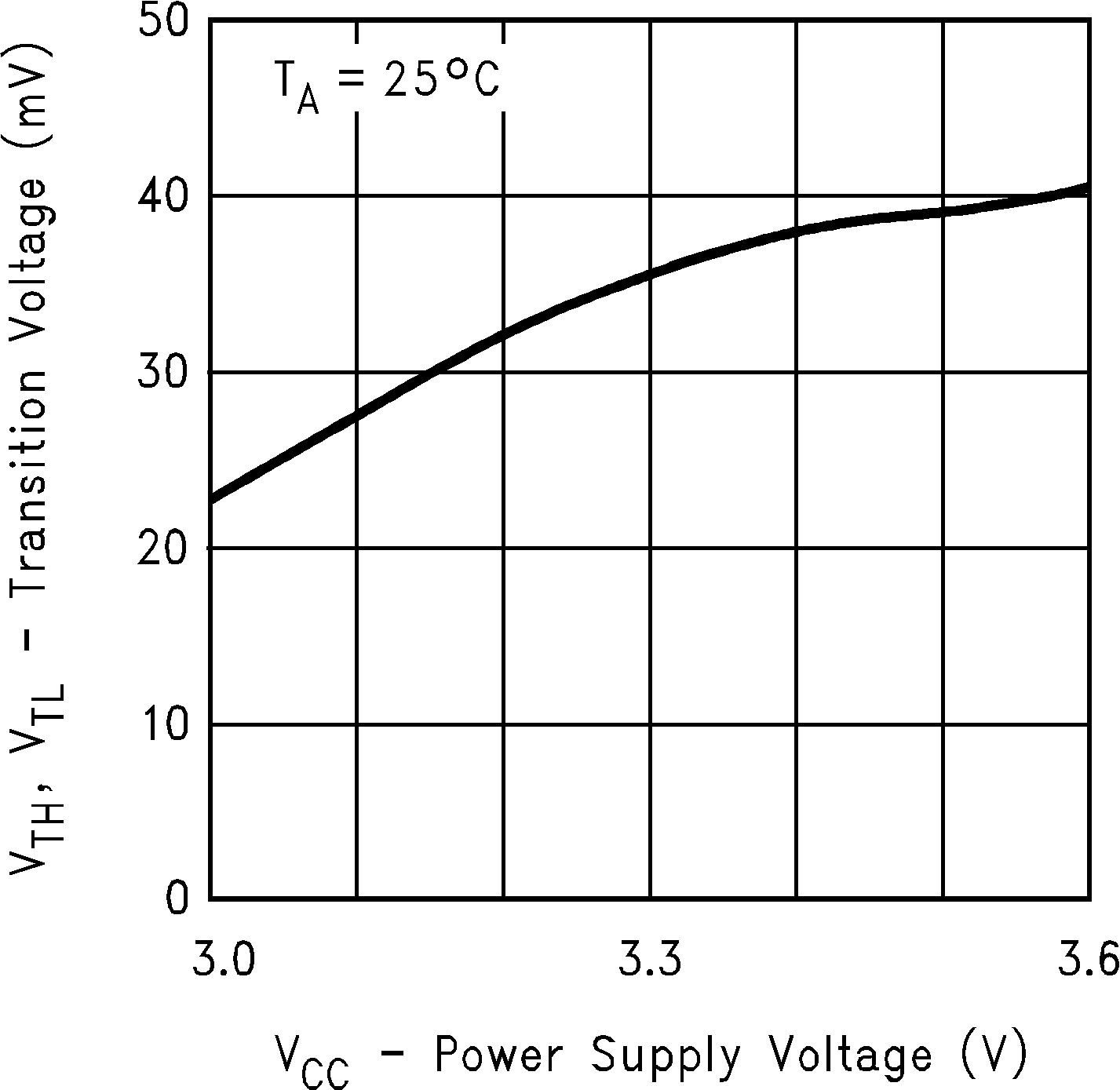 Figure 5. Differential Transition Voltage vs Power Supply Voltage
Figure 5. Differential Transition Voltage vs Power Supply Voltage 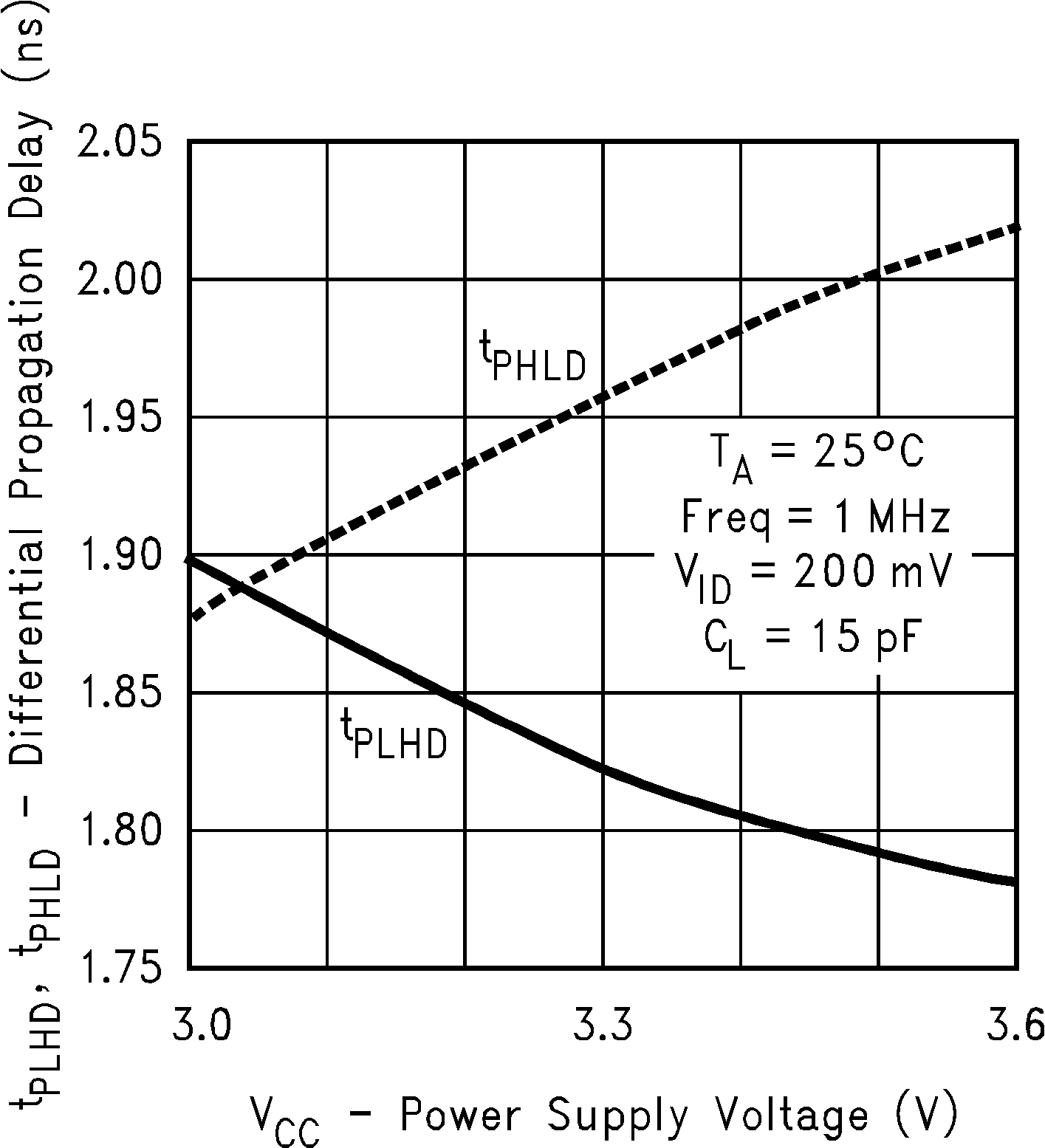 Figure 7. Differential Propagation Delay vs Power Supply Voltage
Figure 7. Differential Propagation Delay vs Power Supply Voltage 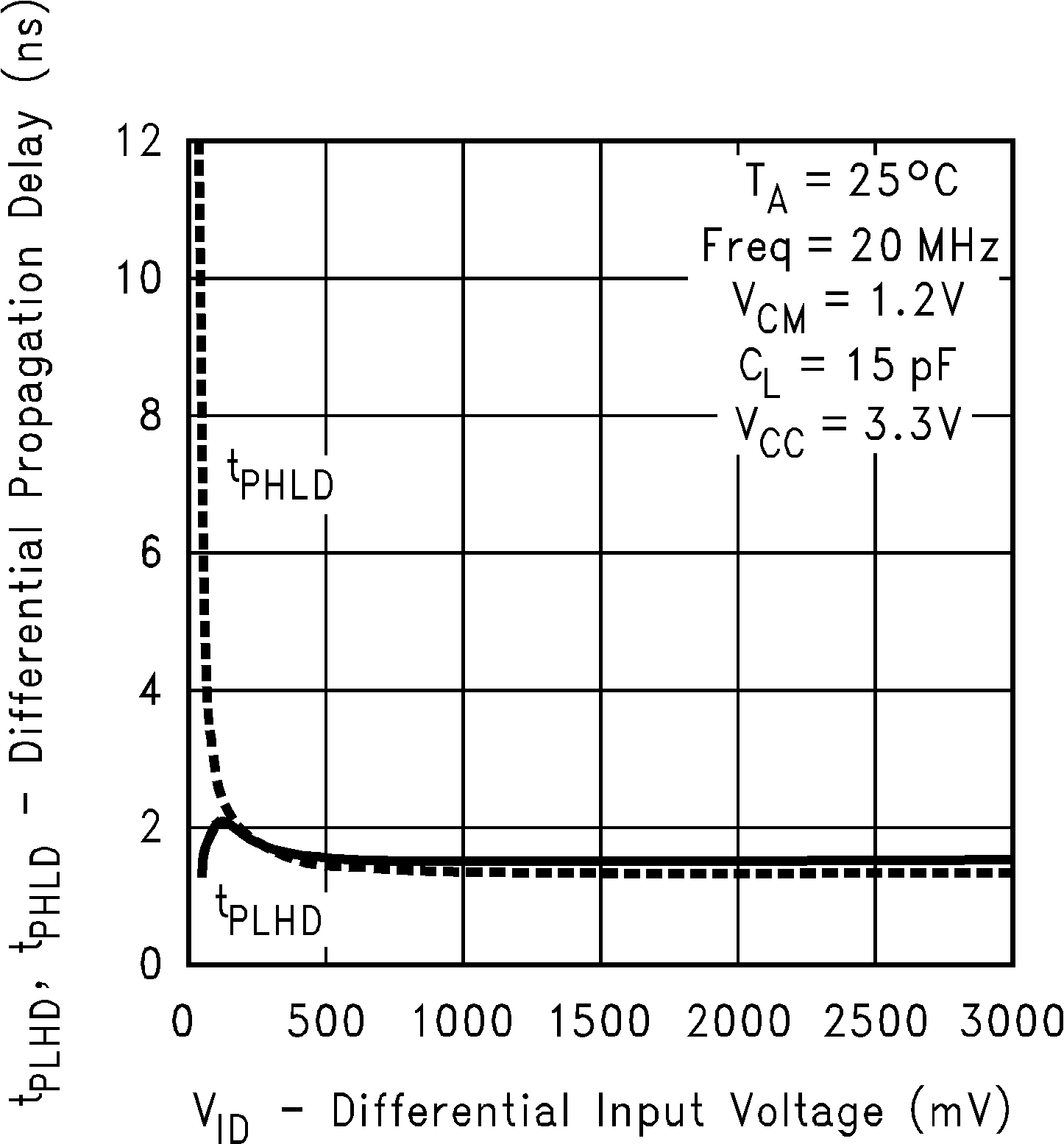 Figure 9. Differential Propagation Delay vs Differential Input Voltage
Figure 9. Differential Propagation Delay vs Differential Input Voltage 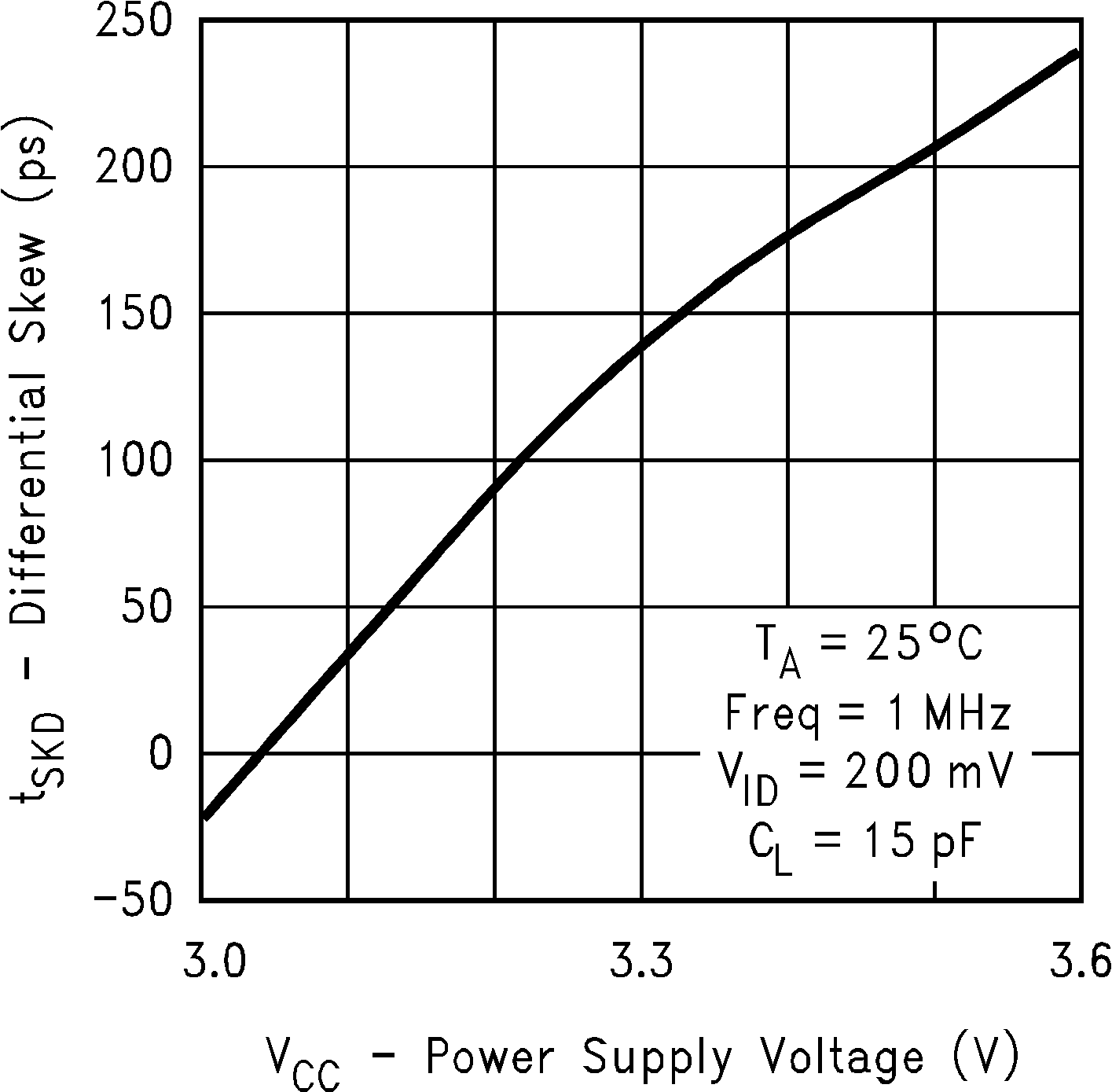 Figure 11. Differential Skew vs Power Supply Voltage
Figure 11. Differential Skew vs Power Supply Voltage 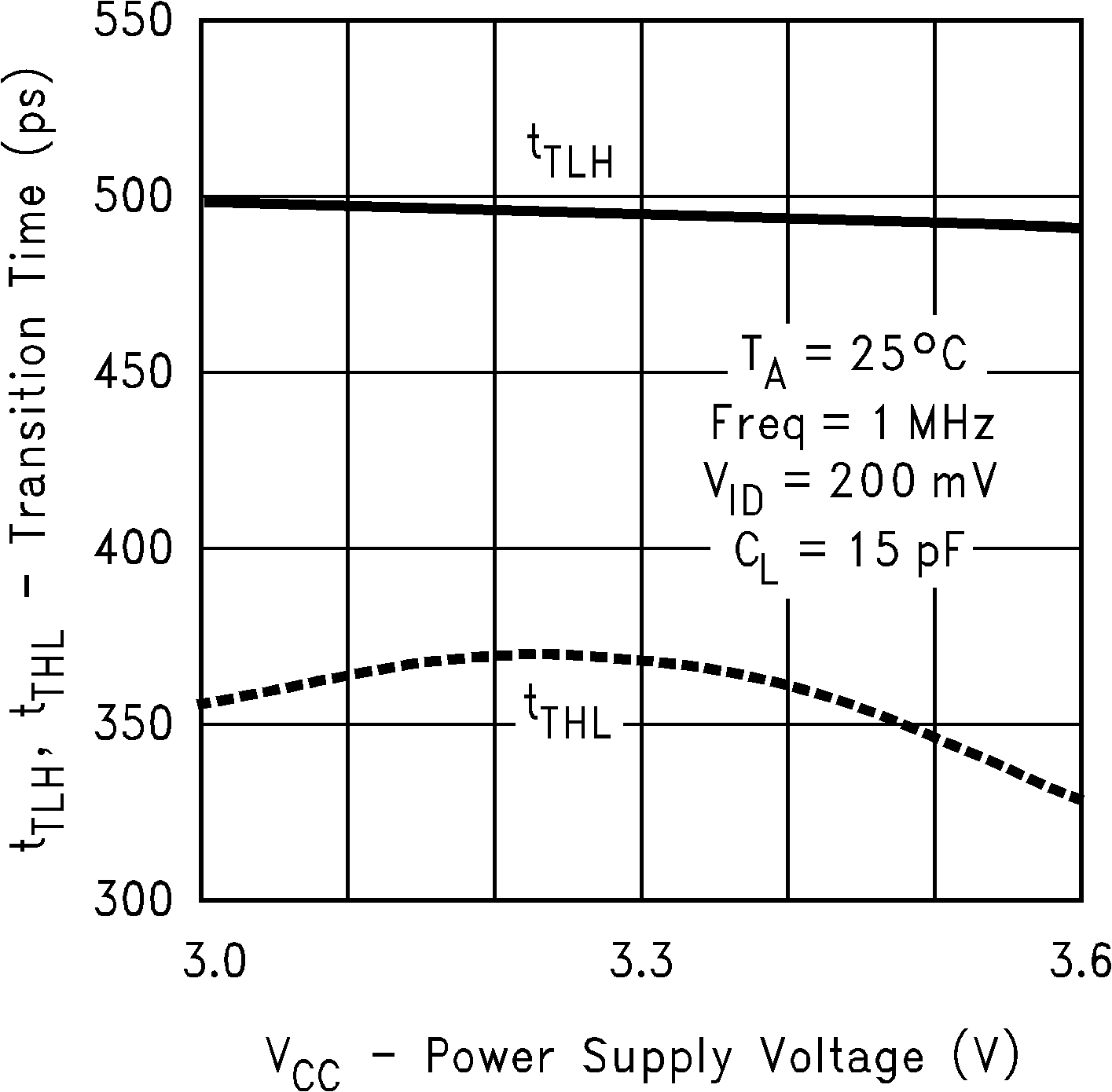 Figure 13. Transition Time vs Power Supply Voltage
Figure 13. Transition Time vs Power Supply Voltage 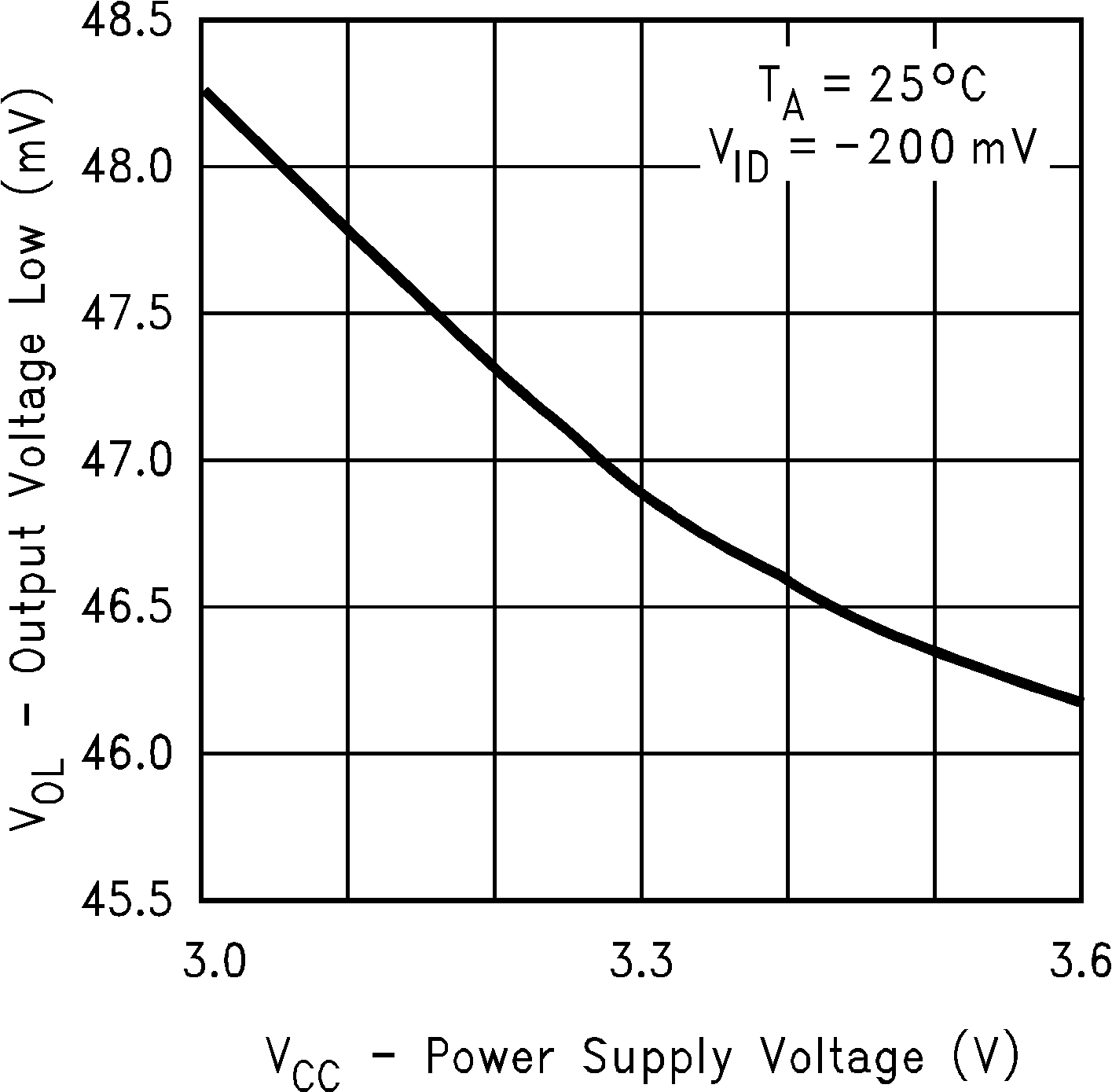 Figure 2. Output Low Voltage vs Power Supply Voltage
Figure 2. Output Low Voltage vs Power Supply Voltage 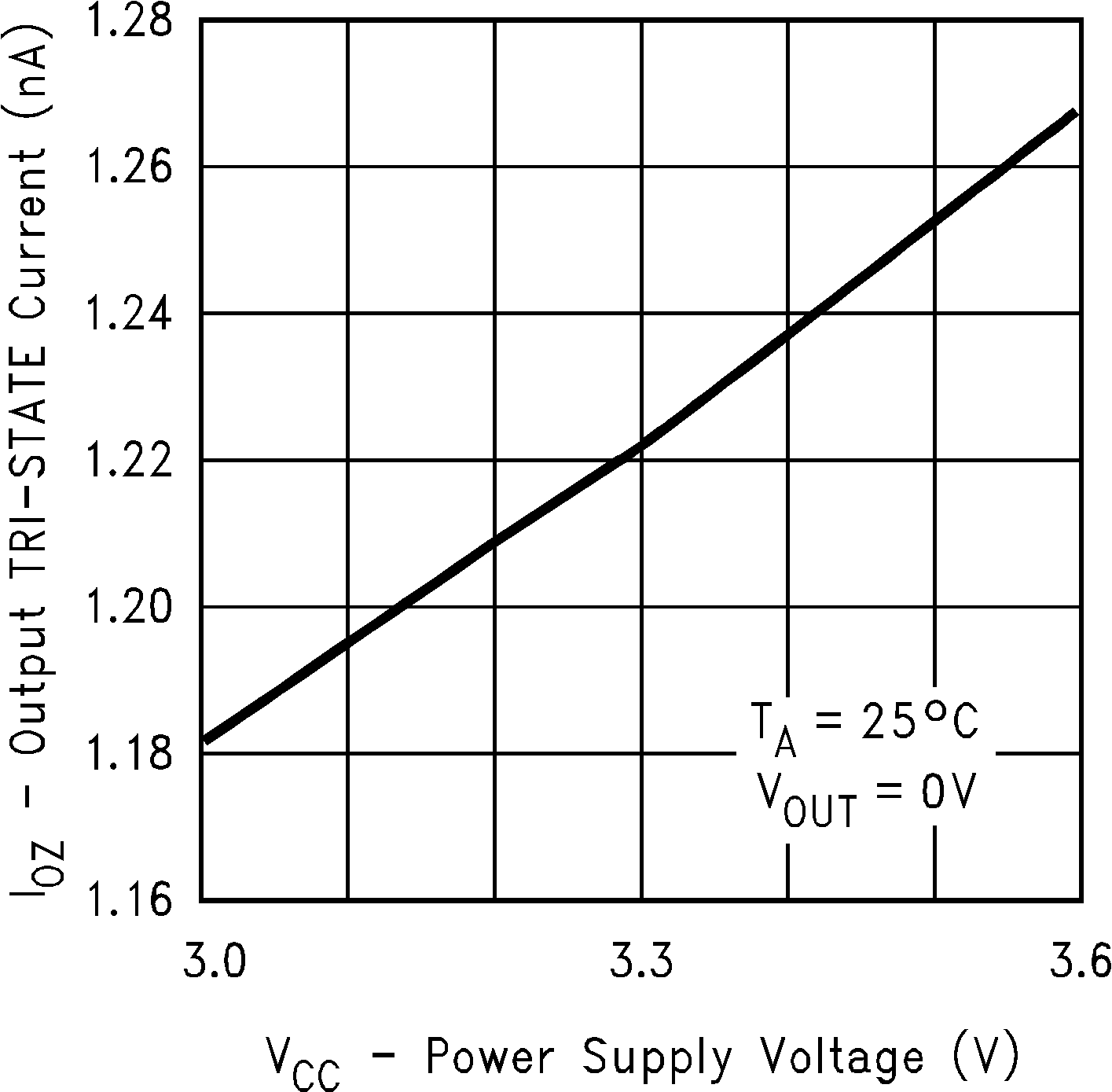 Figure 4. Output TRI-STATE Current vs Power Supply Voltage
Figure 4. Output TRI-STATE Current vs Power Supply Voltage 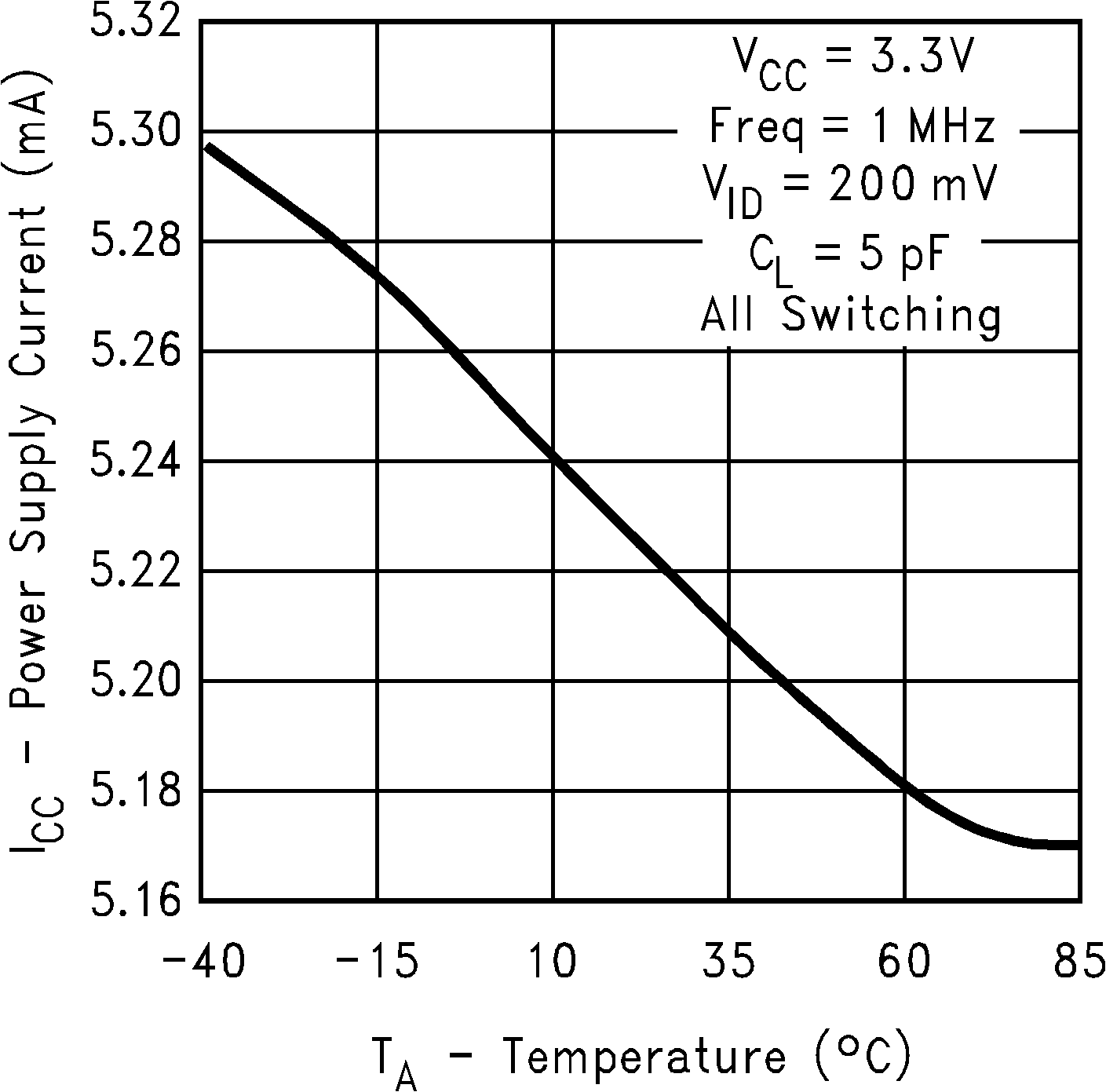 Figure 6. Power Supply Current vs Ambient Temperature
Figure 6. Power Supply Current vs Ambient Temperature 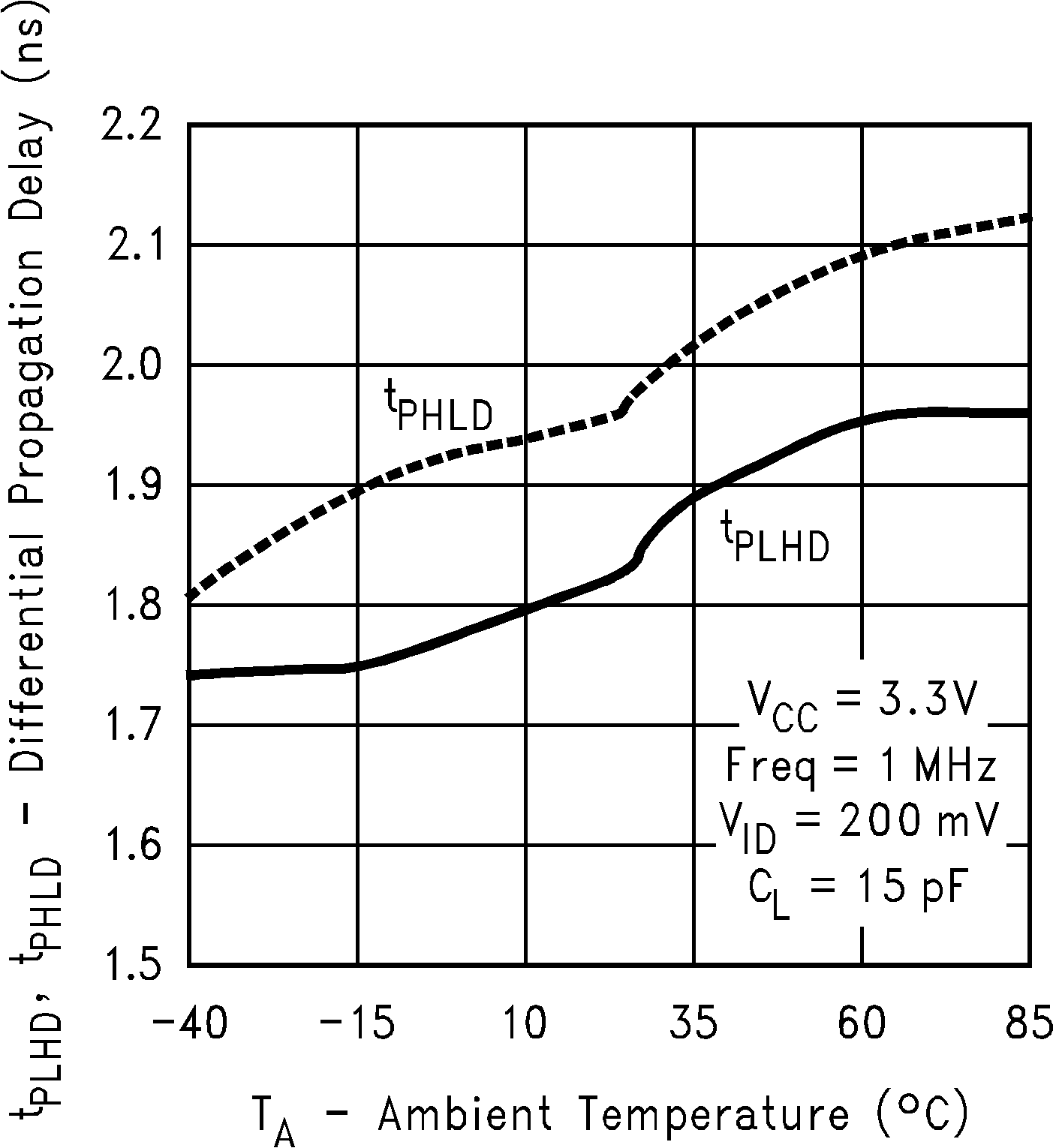 Figure 8. Differential Propagation Delay vs Ambient Temperature
Figure 8. Differential Propagation Delay vs Ambient Temperature 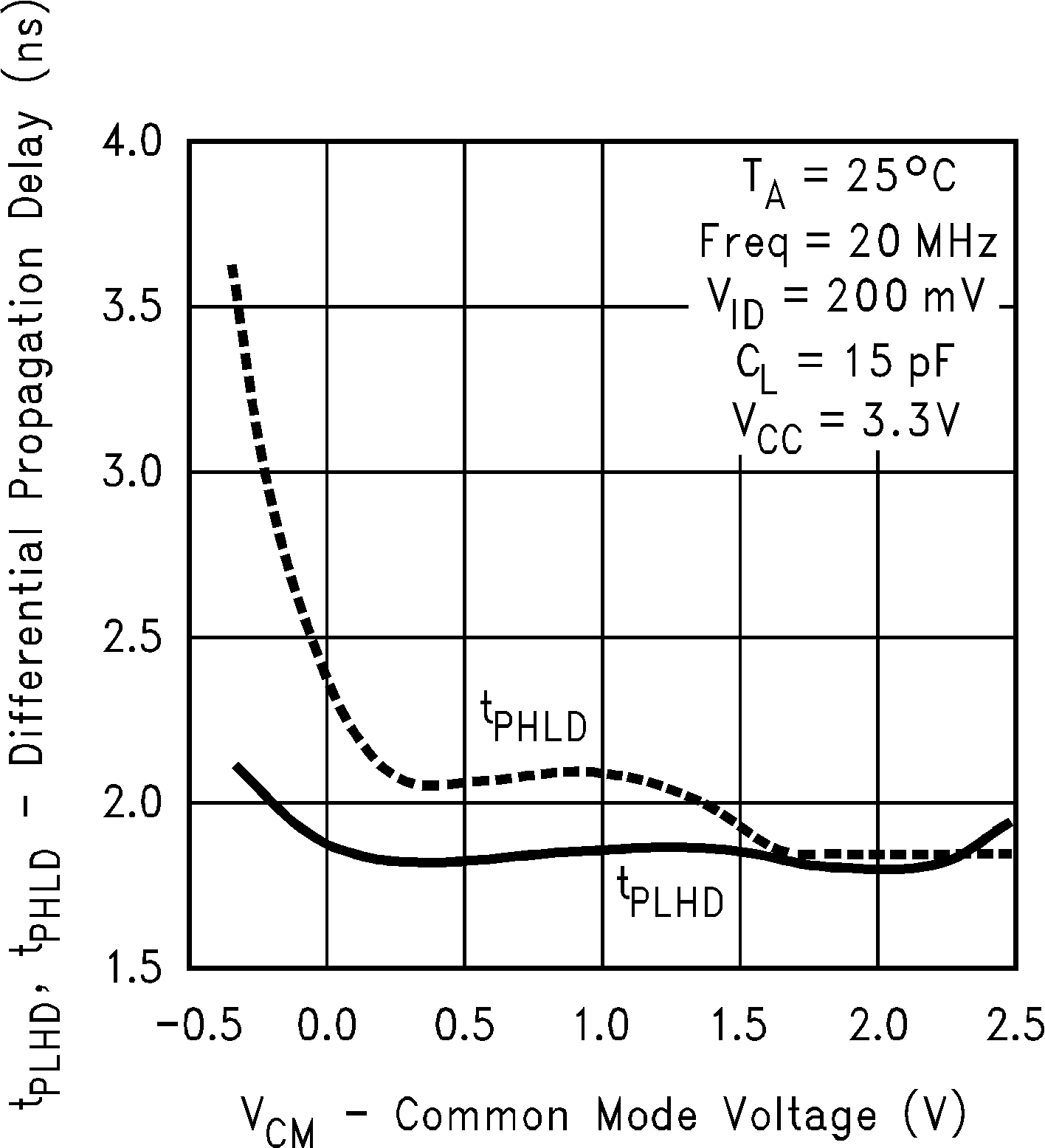 Figure 10. Differential Propagation Delay vs Common-Mode Voltage
Figure 10. Differential Propagation Delay vs Common-Mode Voltage 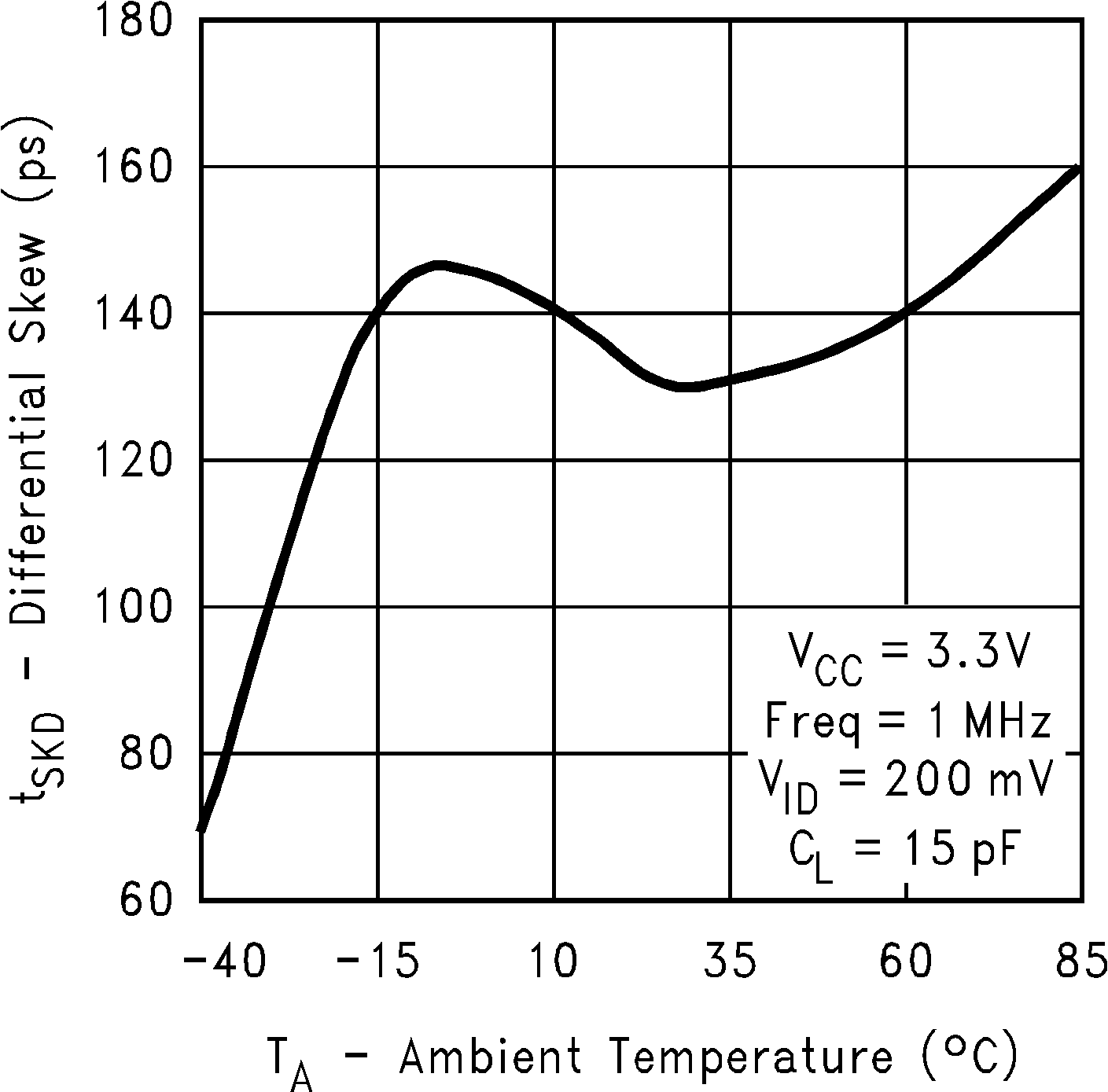 Figure 12. Differential Skew vs Ambient Temperature
Figure 12. Differential Skew vs Ambient Temperature 